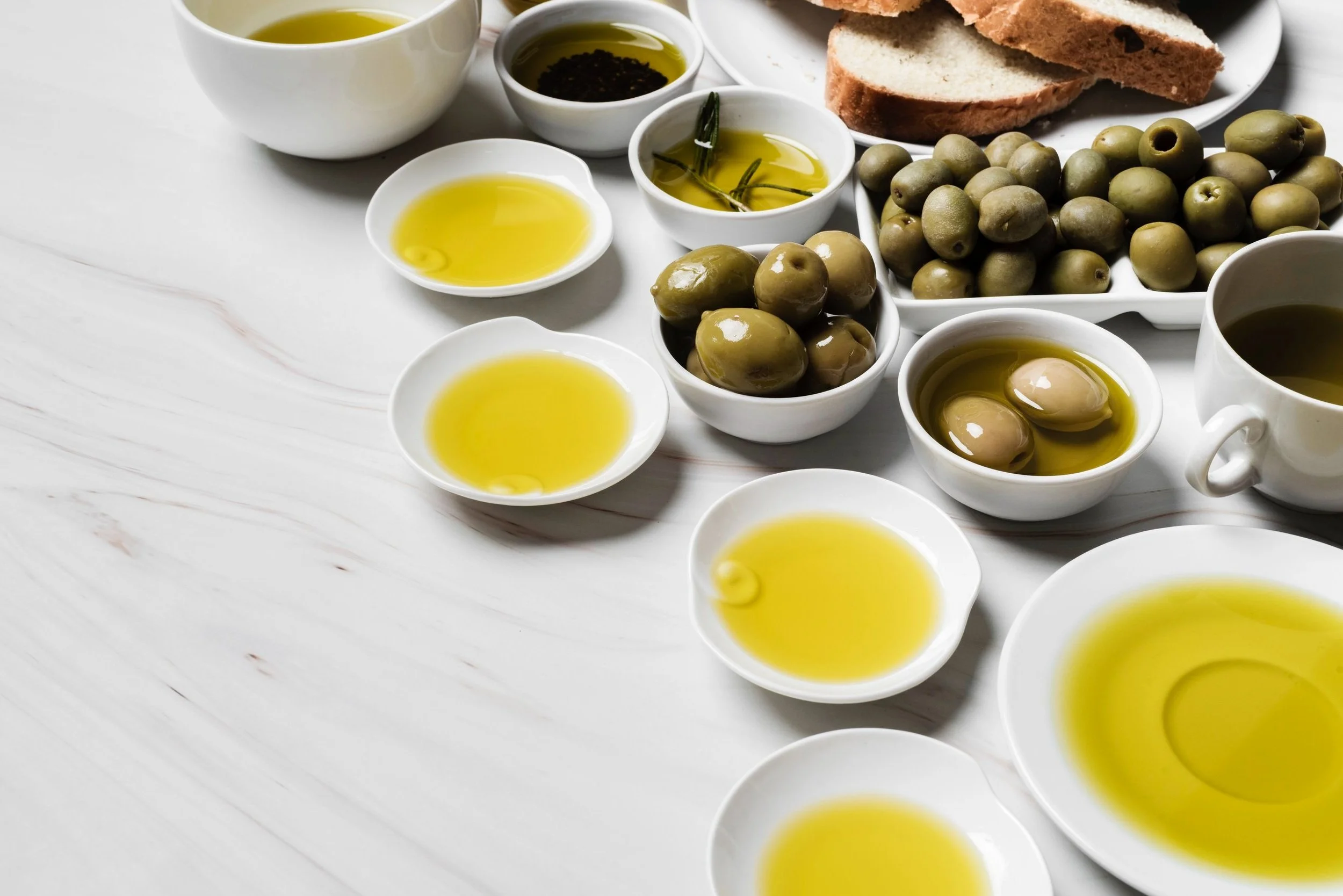
How to Taste Olive Oil
Just as diverse grape varieties yield different wines, various types of olives give rise to distinctive olive oils.
Influenced by factors such as varietals, weather patterns, soil composition, and harvesting techniques, each olive oil possesses its own unique character and flavor profile. Thus, tasting different olive oils allows you to find which ones you like best and discover which oils complement specific dishes best.
Begin your tasting experience with the mildest oil. Pour a small amount, roughly a teaspoon, into a tasting cup then cover the cup with one hand to warm the oil to body temperature, gently swirling it within the cup. Lift the cup just beneath your nose and inhale deeply, repeating three times. Drawing air through the oil helps to release its aromatic bouquet, enhancing the experience of each oil’s distinct profile.
Take a sip of the oil, allowing approximately ten drops to coat your palate. Resist the urge to swallow immediately. Instead, let the oil linger in your mouth for about six seconds, ensuring it reaches all corners of your palate to fully experience its diverse flavors and textures. Notice any nuances in taste, from fruity and grassy notes to peppery or bitter undertones.
To cleanse your palate between tastings and ensure accurate discernment, sip water or nibble on a small piece of bread. This practice helps to reset your taste buds, preventing lingering flavors from influencing subsequent tastings.

